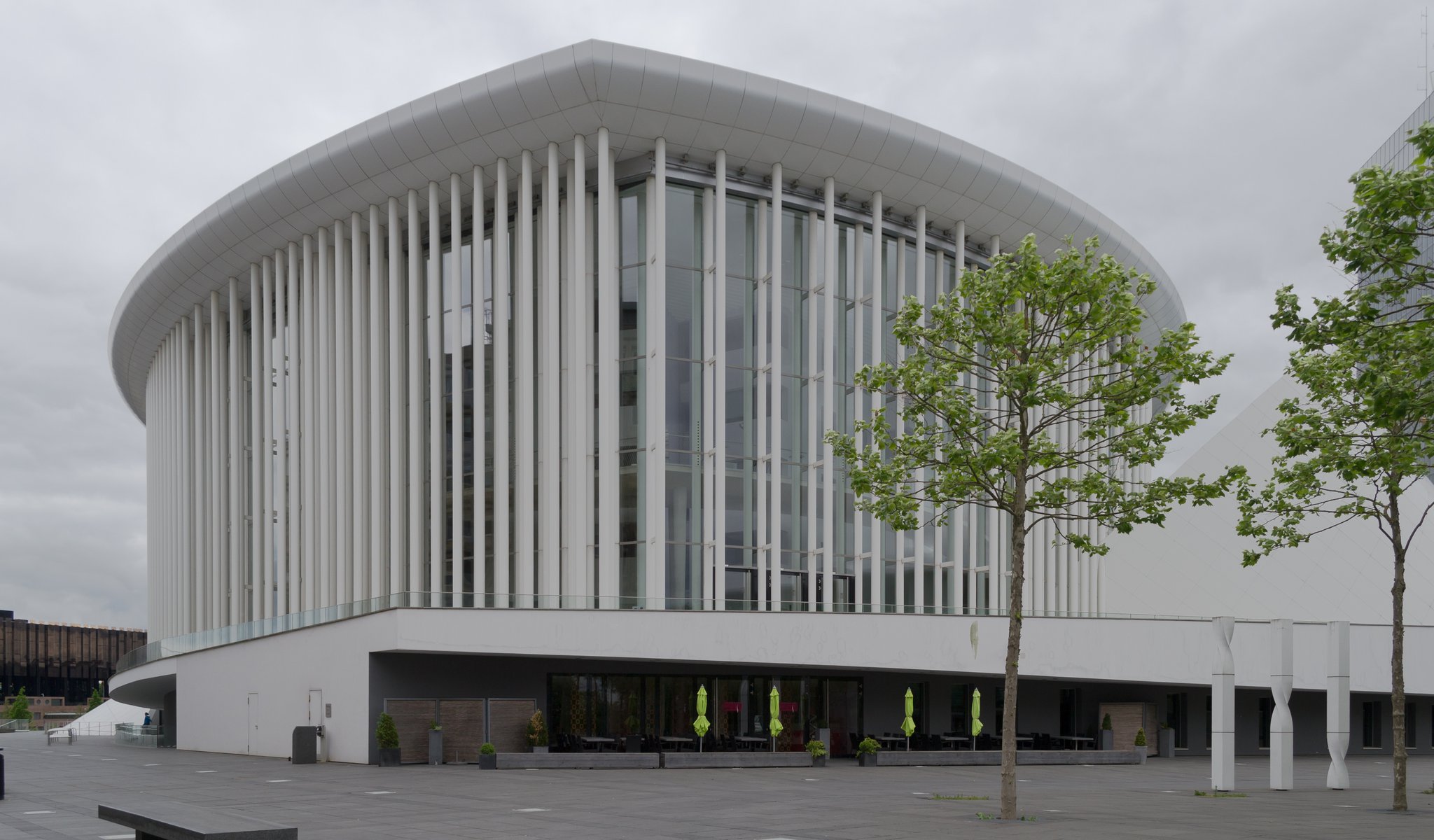
Program
Featuring
Other information
The event is about 2.5 hours long.
About the event
One of the most influential figures in operatic literature writes a love serenade, a pair of twenty-year-old Dutch brothers play a Mozart piano concerto, and one of the top stars of Western European classical music pays homage to Napoleon, then to an unsung hero. This focused yet diverse compilation is the program of the Budapest Festival Orchestra’s concert in Luxemburg. The concert opens with the happy and successful Wagner's birthday present to Cosima, who has finally became his wife - full of Siegfried and Walküre quotes. The piano duo of Lucas and Arthur Jussen will play the concerto that Mozart originally composed for himself and his sister. The solemn exclamation point to close the evening is delivered by Beethoven’s monumental ‘Eroica,’ a milestone in the history of music.
"Tribschen idyll with Fidi's bird song and orange sunrise, performed by Richard as a symphonic birthday greeting to his Cosima in 1870", says the title page of what is now simply known as the Siegfried idyll. On Christmas morning 1870, Cosima's birthday, dozens of musicians gathered in the staircase of the Wagners' home in Tribschen to wake the celebrant with a fabulous serenade. After the performance, Siegfried, alias Fidi together with his brothers handed over the score to their mother, who happily rose from her bed in their orange-wallpapered bedroom. Although Wagner had not intended to publish the work, financial difficulties led him still to publish it in 1877 in his own transcription for large orchestra.
The two child prodigies, Mozart and his older sister, Nannerl were eight and thirteen years old when they toured the whole of Europe. These experiences were Mozart’s source of inspiration for the concerto for two pianos, characterized by witty cadenzas, wild dissonances and a brilliant finale. The two soloists are treated as equals throughout the three movements, leaving the inferior role of accompanist to the orchestra. The piano parts, which are hardly separable by ear are performed by the Jussen brothers, who are also hardly separable from each other and who first played this concerto aged ten and thirteen on the stage of the Concertgebouw in Amsterdam, then they recorded it for Deutsche Grammophon.
The dedication to Napoléon and hidden programs invented by fanciful musicologists notwithstanding, what we know for sure is that Beethoven eventually dedicated his Third Symphony, “composed to celebrate the memory of a great man,” to one of his most generous patrons, Prince Lobkowitz. The dramatic opening movement is full of melodies, yet the mood of the music is solid. The slow mourning procession deepens the earlier pain, for which the unexpected scherzo provides a remedy. The symphony ends in a variational finale, the main subject of which has already been used by Beethoven several times. The movement includes a fugue, Hungarian motifs, and much more.
